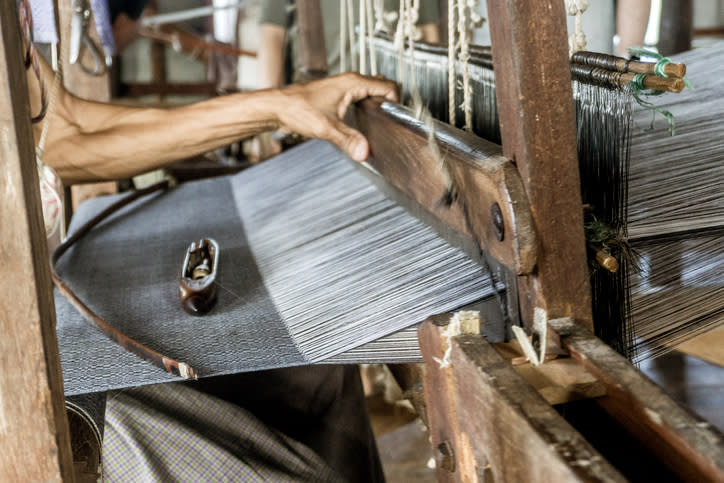EFE Latam Videos
Quito, 18 abr (EFE).- Ecuador afronta este jueves y viernes apagones de hasta ocho horas por una grave crisis energética que ha obligado al Gobierno a suspender la jornada laboral y las clases escolares, en medio de denuncias de presunto sabotaje ante el referéndum convocado para el domingo por el presidente, Daniel Noboa, sobre reformas en materia de seguridad, justicia y empleo. Tras haber asegurado Noboa el martes que no habría más cortes, su Gobierno se ha visto obligado a realizar apagones el doble de largos que los vividos a finales de 2023, cuando una situación similar llevó a realizar cortes diarios de hasta cuatro horas ante la imposibilidad de atender la demanda nacional. Por ello, se suspendieron para jueves y viernes las clases escolares y la jornada laboral, pero en un país donde aproximadamente el 70 % de la población no tiene un empleo formal, muchos negocios han abierto y muchas personas que suelen vivir de lo que ganan a diario salieron a trabajar como de costumbre. Así, Quito, la capital, amaneció con algo menos de tráfico que de costumbre, con bastantes oficinas cerradas, pero con numerosos negocios abiertos, lidiando con la eventual falta de suministro eléctrico y desafiando a las disposiciones del Gobierno. En el caso de Quito se han anunciado para el jueves y viernes apagones de ocho horas en distintos sectores y franjas horarias, que van de 7:00 a 15:00, de 10:00 a 18.00 y de 13:00 a 21:00. Esta crisis está causada principalmente por una grave sequía en la zona andina y amazónica, donde se encuentran las principales centrales hidroeléctricas, que son las encargadas de producir la mayor parte de la electricidad que consume Ecuador. Sin suministro de Colombia Al mismo tiempo se ha suspendido el suministro de energía que Ecuador importa de Colombia, pues el país vecino afronta también una histórica sequía. Sin embargo, pese a que la situación de crisis ya se veía venir, el Gobierno de Daniel Noboa denuncia que ha sido víctima de un presunto sabotaje para agudizar la situación, en un momento donde el mandatario se juega su respaldo popular en este referéndum que contiene las líneas maestras de su gestión. Para el Ejecutivo, las autoridades del sector eléctrico nacional, compuesto principalmente por empresas públicas, ocultaron presuntamente información o no dieron la voz de alerta con suficiente anticipación para tomar cartas en el asunto. En la denuncia que el Gobierno ha presentado a la Fiscalía está incluida la exministra de Energía y Minas, Andrea Arrobo, quien el viernes pasado aseguraba que no habría apagones a corto plazo, pero estos comenzaron a darse desde el domingo, sólo dos días más tarde de esas declaraciones. Sospechas de boicot Arrobo renunció al cargo el martes, después de que se lo solicitase públicamente Noboa, cuya administración sospecha incluso que en los días previos se vació presuntamente de manera intencional el embalse de Mazar, el más grande de Ecuador, con una capacidad de 410 millones de metros cúbicos de agua. Así lo aseguró este jueves en una entrevista al canal Teleamazonas el secretario de comunicación de la Presidencia, Roberto Izurieta, quien señaló que "se abrieron las compuertas" y "se dejó correr el agua" de esta presa que sirve para alimentar tres centrales hidroeléctricas con una potencia en conjunto de más de 1.700 megavatios, lo que supone aproximadamente más de un tercio de la demanda nacional de electricidad. El embalse de Mazar, que se encuentra en la cuenca del río Pauta, dentro de la sureña provincia andina de Azuay, actualmente no cuenta con agua suficiente para operar, según un comunicado emitido por el Gobierno el miércoles. En este embalse se puede ahora caminar por zonas que normalmente están cubiertas por el agua, cuyo nivel está ocho metros por debajo del mínimo necesario para generar electricidad, según medios locales. El ministro de Transportes y Obras Públicas, Roberto Luque, que ha asumido interinamente la cartera de Energía y Minas, ya advirtió el martes que no habrá soluciones inmediatas, más allá de que llueva de manera torrencial en las zonas de los embalses. EFE fgg/afcu (foto) (video) (c) Agencia EFE


 Yahoo Estilo
Yahoo Estilo 